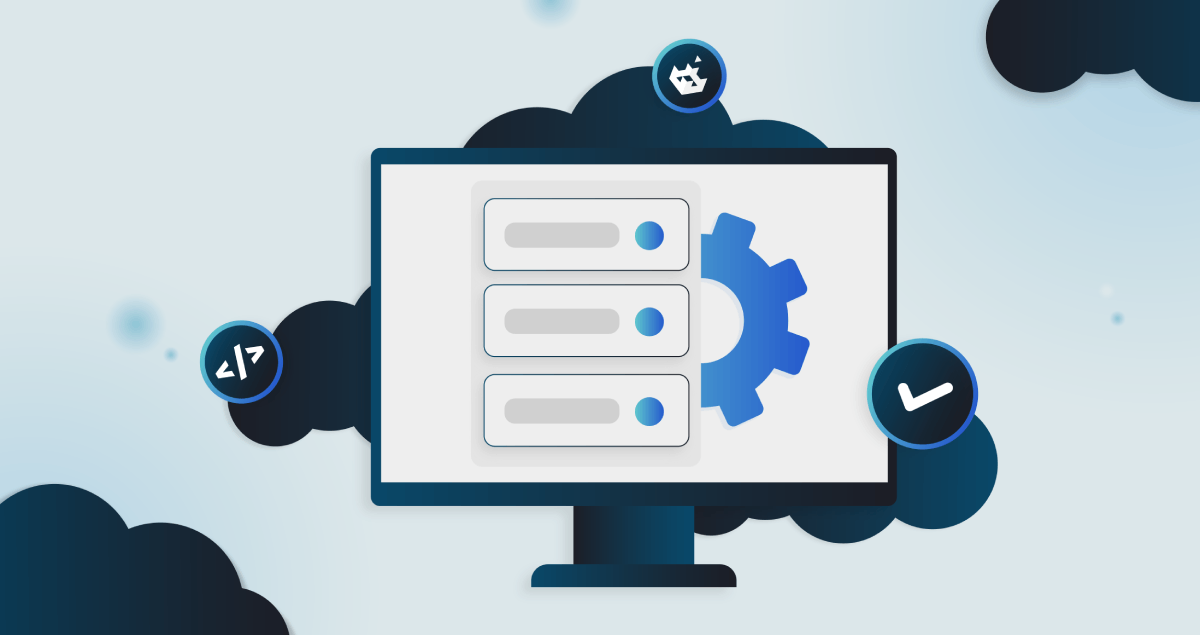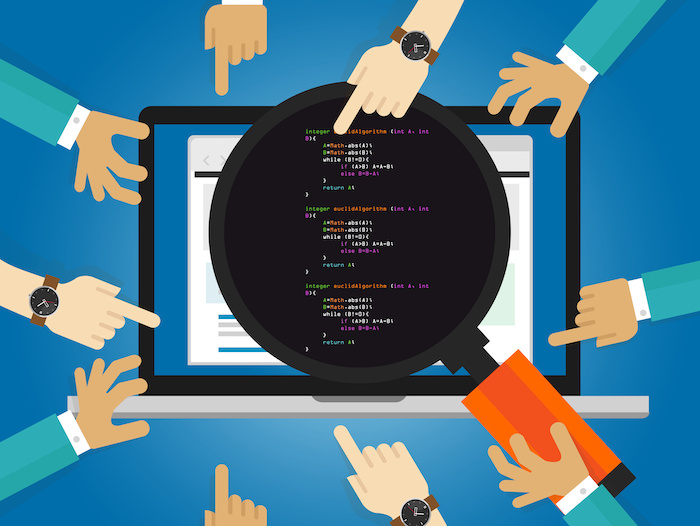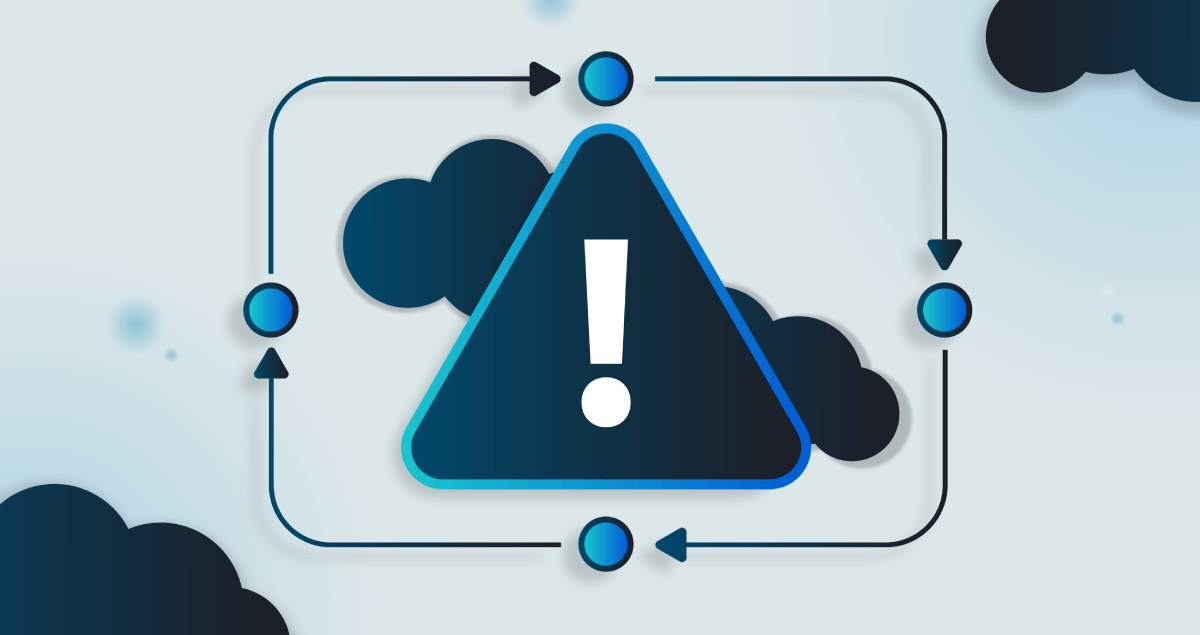Power grids, transportation systems, and even water supplies are now controlled by software that could be vulnerable to threats. It’s a pretty scary thought, especially considering the rise in attacks on critical infrastructure.

With this in mind, we have launched a new series of labs. They teach developers how to write secure, high-quality code for SCADA systems, focusing on real-world vulnerabilities and how to prevent them.
What Are SCADA Systems?
Before getting into how to secure SCADA systems, it helps to understand what they are. SCADA systems monitor and control industrial processes, typically in large-scale operations like power grids, manufacturing plants, and water treatment facilities.
These systems collect real-time data, allowing operators to keep an eye on things and take action if needed. Essentially, SCADA systems ensure everything runs smoothly, such as a factory production line or a power station.
Because of their role in managing critical infrastructure, SCADA systems are prime targets for cyberattacks. A successful breach could lead to major disruptions, financial losses, or even safety hazards.
Securing Sensors and Actuators
Sensors and actuators in SCADA systems are the components that collect data from the physical world and control equipment. These devices are connected to the rest of the system, meaning that if they’re not properly secured, they can be hijacked by attackers. The new labs help you to secure these devices and protect data integrity.
Why Secure Programming Is Crucial for SCADA
In SCADA systems, flawed code can cause vulnerabilities that hackers can exploit, leading to really serious consequences. For example, C++ is a popular language for SCADA system development because of its performance and low-level hardware interaction. However, poor memory management, unsafe use of libraries, and authentication issues can all open the door to attacks.
Our new beginner course teaches secure programming skills that will help you build safe code for SCADA systems. With it, you can better understand how to prevent common vulnerabilities and make sure your systems are secure.
A Hands-On, Real-World Learning Experience
One of the great things about this course is its hands-on approach with interactive labs. You won’t just learn theory but look into real-world scenarios that show how vulnerabilities can play out in SCADA systems. The training includes practical exercises where you’ll fix issues in a simulated factory industrial control system.
Interactive learning assists you in getting practical experience when it comes to identifying and mitigating security risks and strengthens your secure coding practices. It focuses on actual threats and defensive strategies.
Protecting SCADA Systems
After completing the labs in this learning path, you’ll have improved your skills to protect SCADA systems and know how to defend your code against common cyber threats.
This course gives you the tools, techniques, and experience needed to build secure systems that can withstand the growing number of attacks.
SecureFlag Training Helps Make SCADA Systems Safer
If you work in industries that rely on SCADA systems or you’re just starting out in secure programming, our series of labs is a great way to boost your skills. With SecureFlag’s hands-on approach, you’ll be ready to secure SCADA systems and contribute to protecting critical infrastructure.


